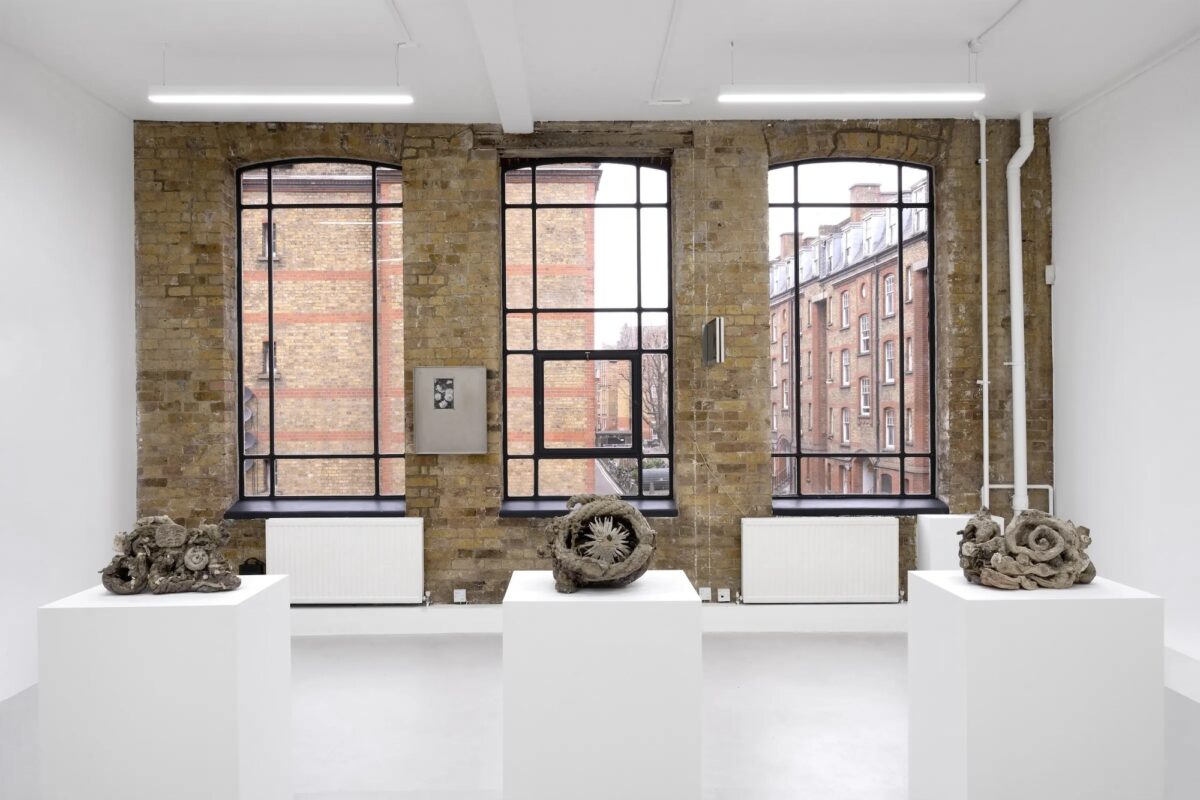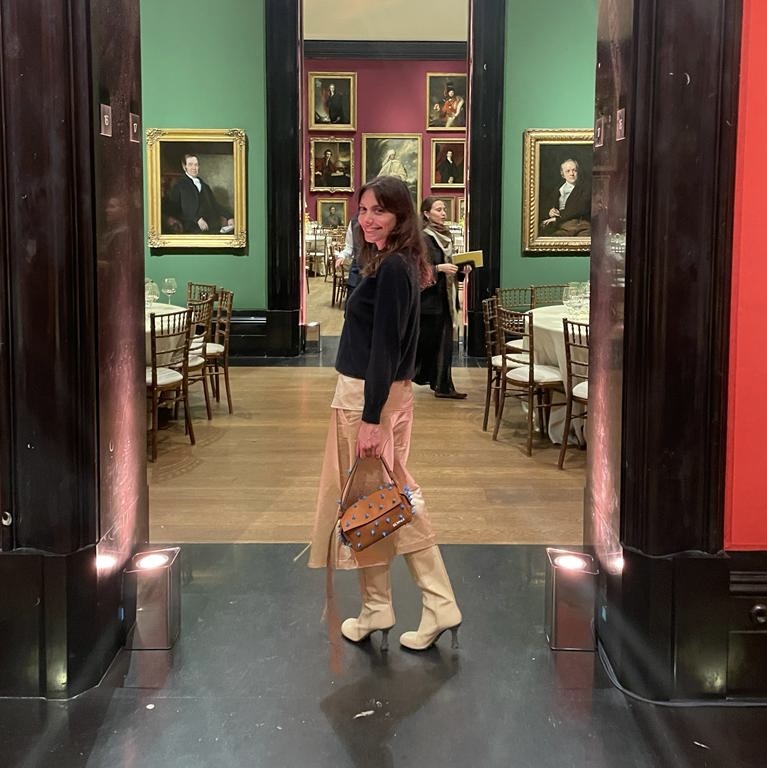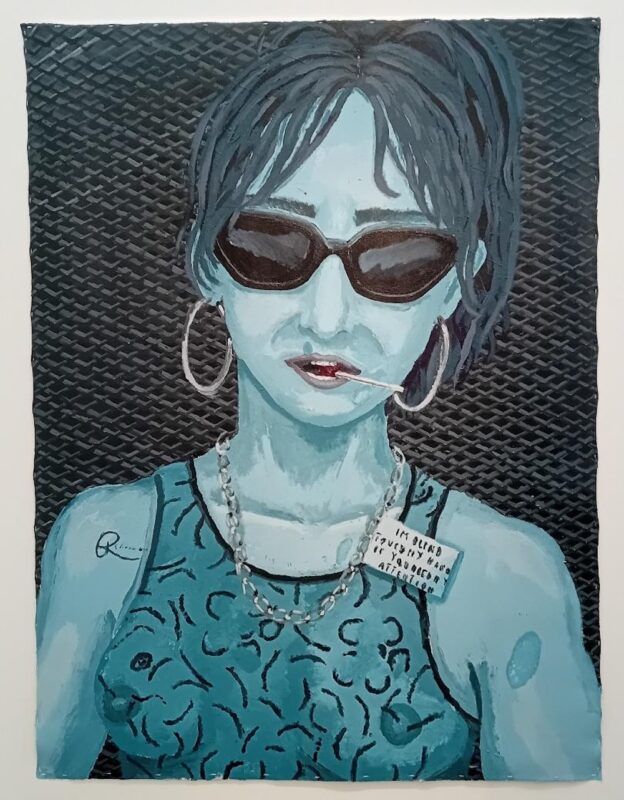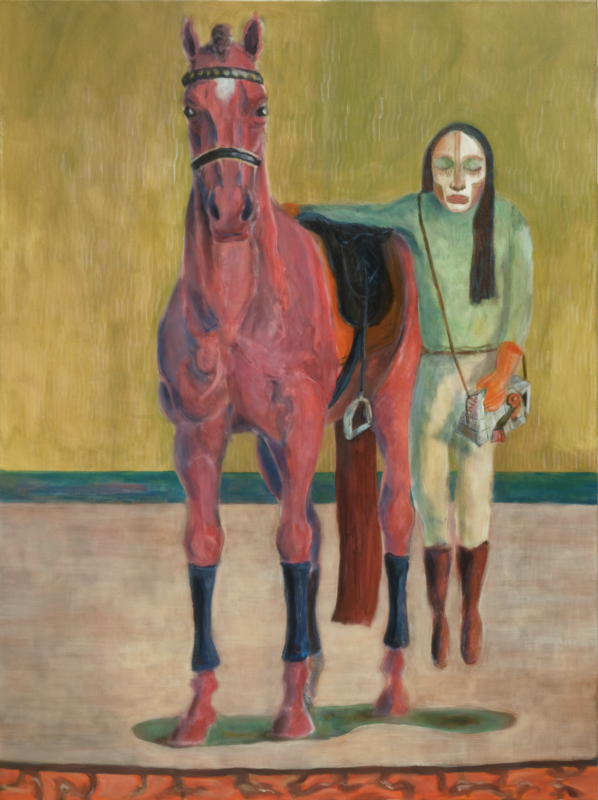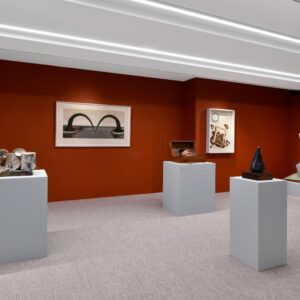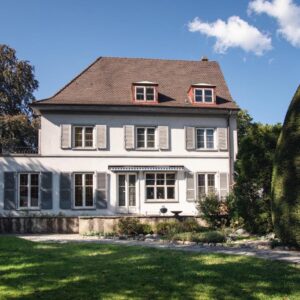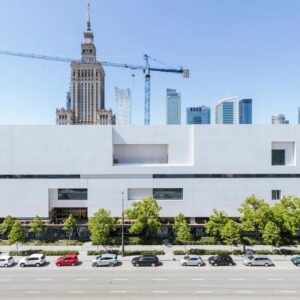It’s no secret that the current international art market is in choppy waters: auction prices are oscillating wildly around a firm decline, galleries are closing at an alarming rate, and institutions are struggling to find the funding they require. In London, the good news is that there’s a thriving emerging art scene. In order for young establishments to succeed and grow, there has to be room further up, and it feels like we’re in the early stages of a generational transition. So, as the Frieze juggernaut rolls into its home town, and most eyes are fixed on the fair and the more established end of the industry, here are a few London-based art projects, helmed by young professionals who won’t be showing at Frieze, but are certainly worth taking a look at.
1 St Chad’s
Founded by Finish-born artist and curator Benjamin Orlow two years ago, St Chad’s is a project space nestled in the backstreets of King’s Cross, near the old Gagosian Britannia Street site that closed last year. Gagosian closing soon after St Chad’s opening is a nice symbolic episode that captures the regeneration seemingly at play in the London art scene at the moment.

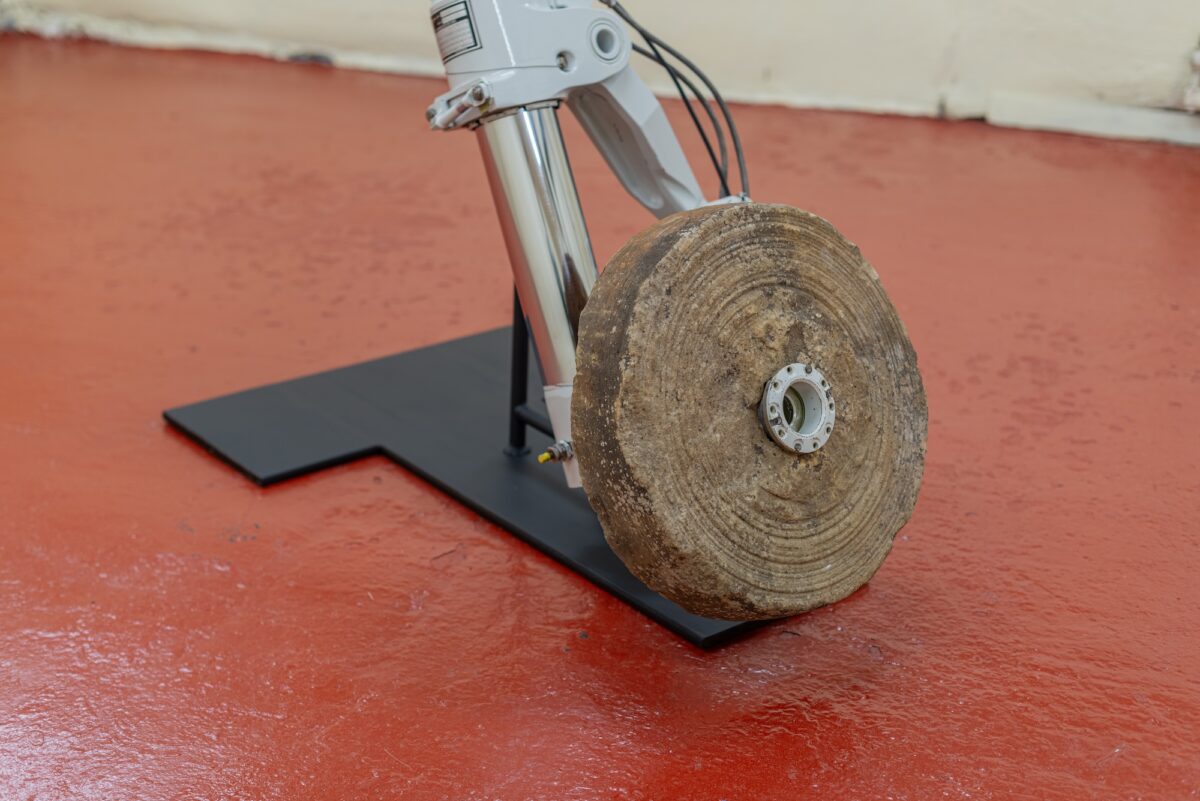
St Chad’s is on the site of a former Ear, Nose and Throat hospital. It’s now a guardianship that Ben lives in with his partner – part of his deal is that he can use two of their spaces to show work. Currently on display is Conor Ackhurst’s sculptural installation Grounded: a Panavia Tornado aircraft landing gear which the artist has attached a sandstone milling wheel to. He’s juxtaposing hyper-modern and ancient technologies, resulting in an installation that’s slightly chilling, given the clinical, militaristic feel of the landing gear viewed in conjunction with the current conflicts going on around the world.
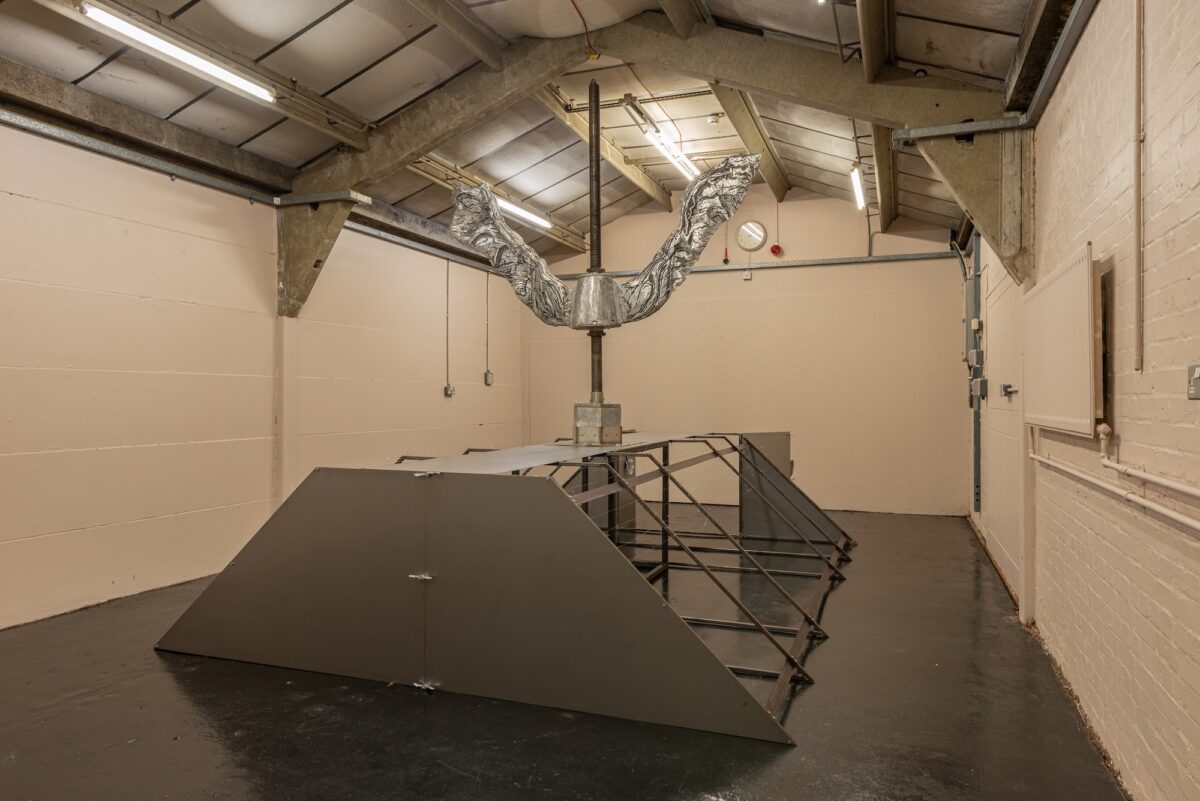
In the second, slightly larger, space is work by Maija Fox. She digs into the sand on beaches in her native Suffolk, and pours bronze into the indentations, resulting in shallow, sinewy casts. A Maple Wing Nut sees her cast two big aluminium wings around a central pole, allowing the work to spin in the wind like a maple seed falling from a tree (it was originally an outdoor sculpture). It takes a quaint natural phenomenon and makes it monumental; leaf turns to metal and is magnified in a sculptural installation which is ostensibly playful, but balanced by a metallic base contraption that – through the use of metal wire reminiscent of barbed wire – has slightly more austere connotations.
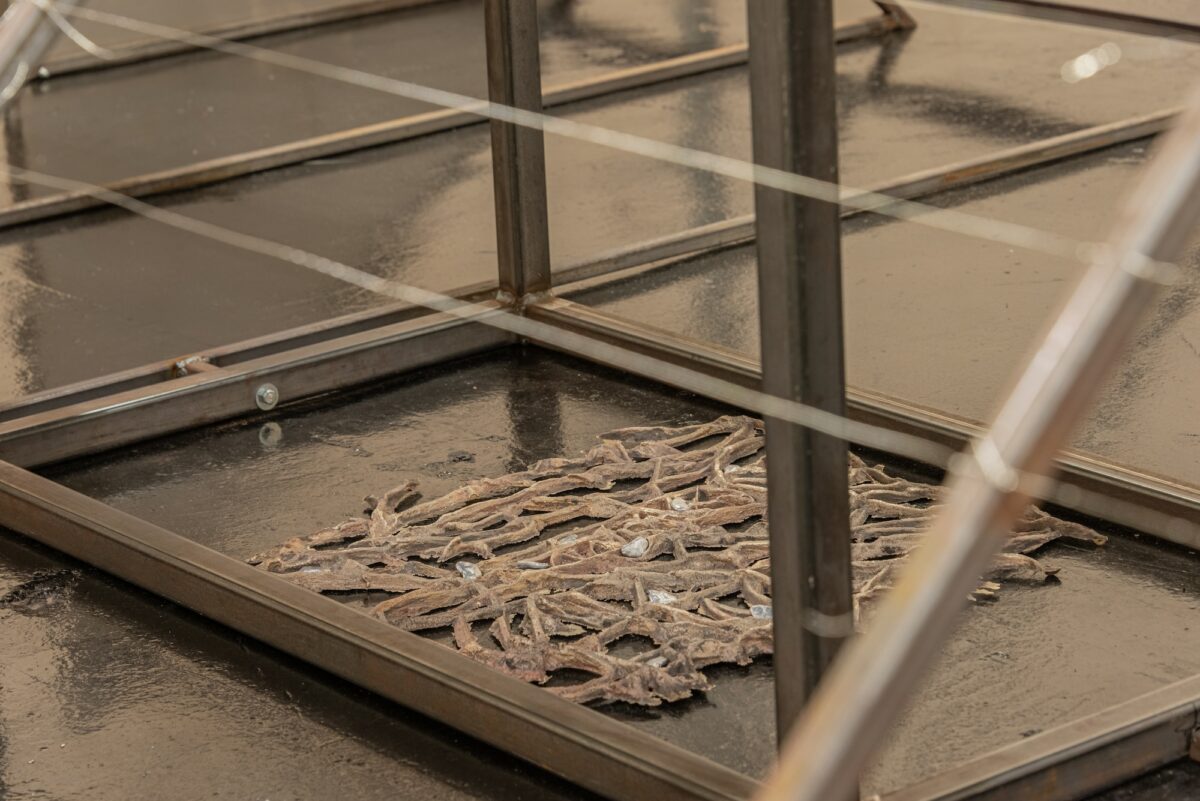
Neven
Helen Neven founded neven gallery in late 2023, in a former taxi office in Cambridge Heath. Working in this small but characterful space, neven has come to be known for interesting installations and technically adept, materially-led work.
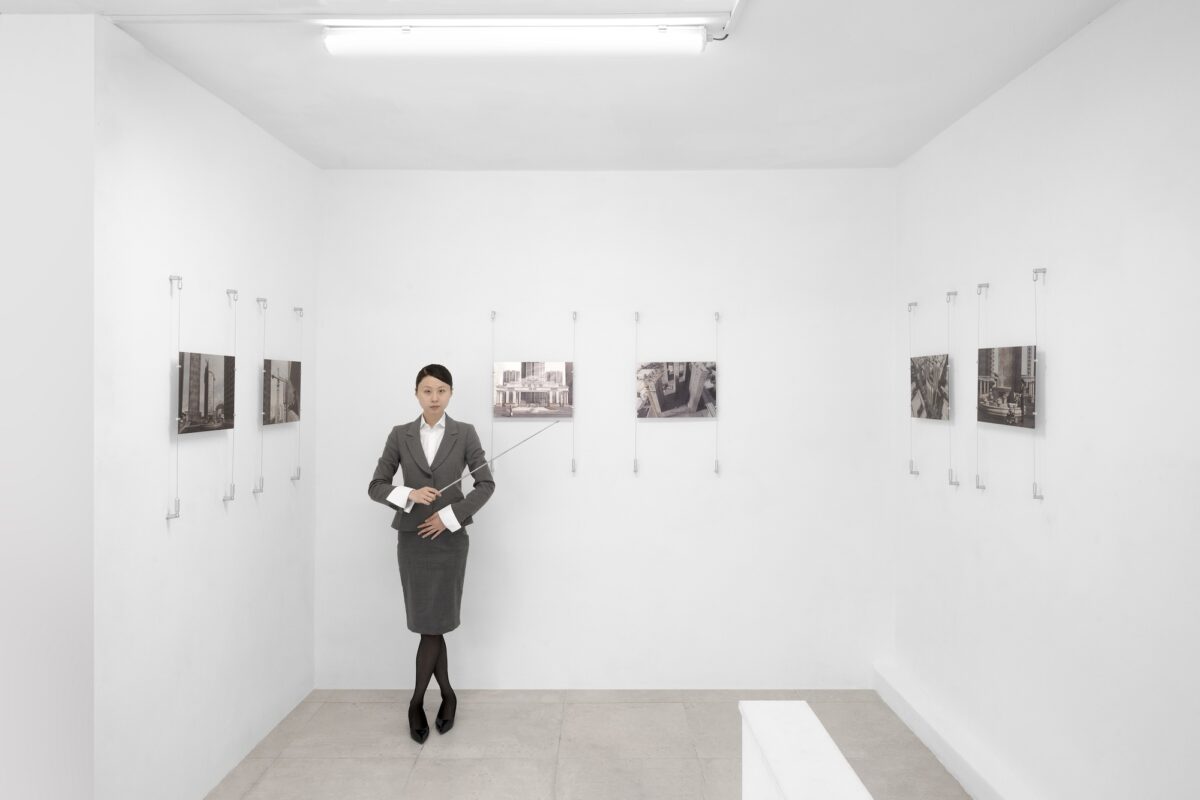
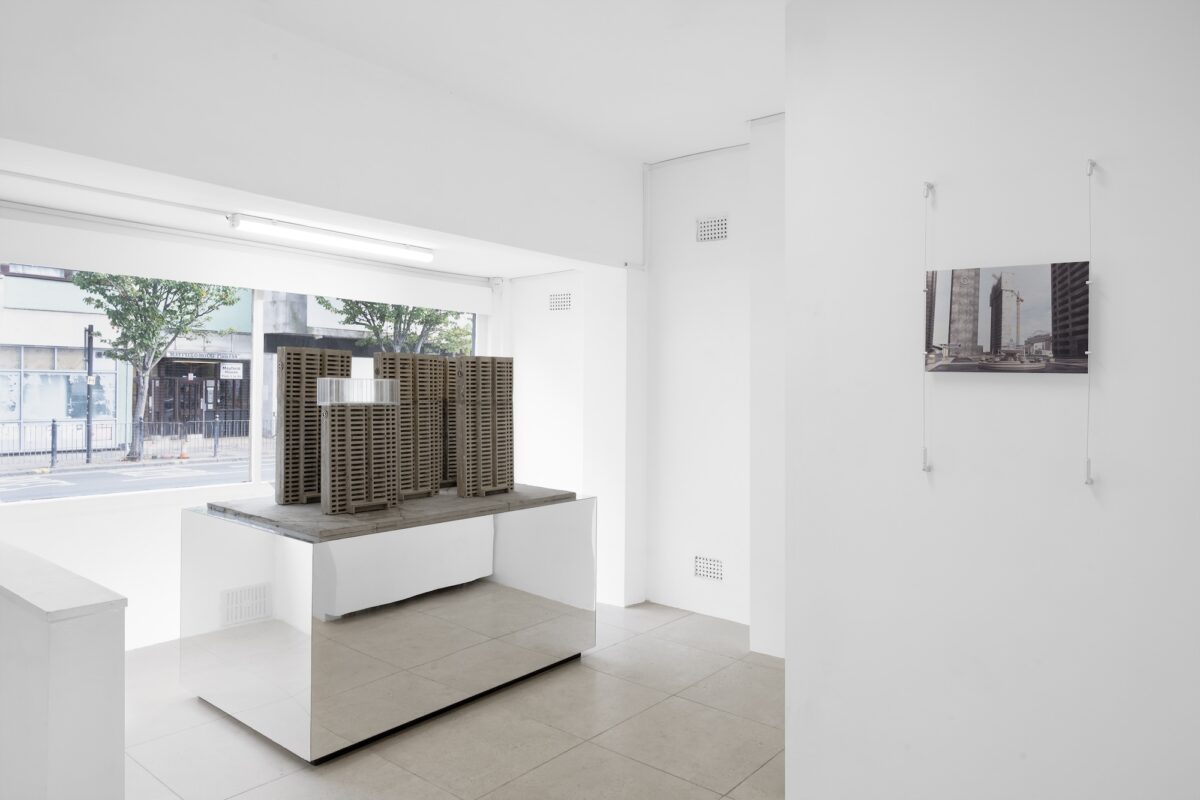
Their current show features the work of Hongxi Li, a recent graduate from the RCA’s sculpture programme. Li is interested in China’s off-plan property market – a system whereby property is marketed and sold before it is built. She believes that this market device is a perfect example of a contemporary shift towards viewing property as an asset with sentimental, aspirational and economic value. The pre-fabricated nature of the property proposals promote a unified aesthetic that leaves large swathes of the public wanting and aspiring towards the same thing. This homogenous offering leaves little room for individual expression, and so Li views it as an apt symbol for national identity and government agency in China.
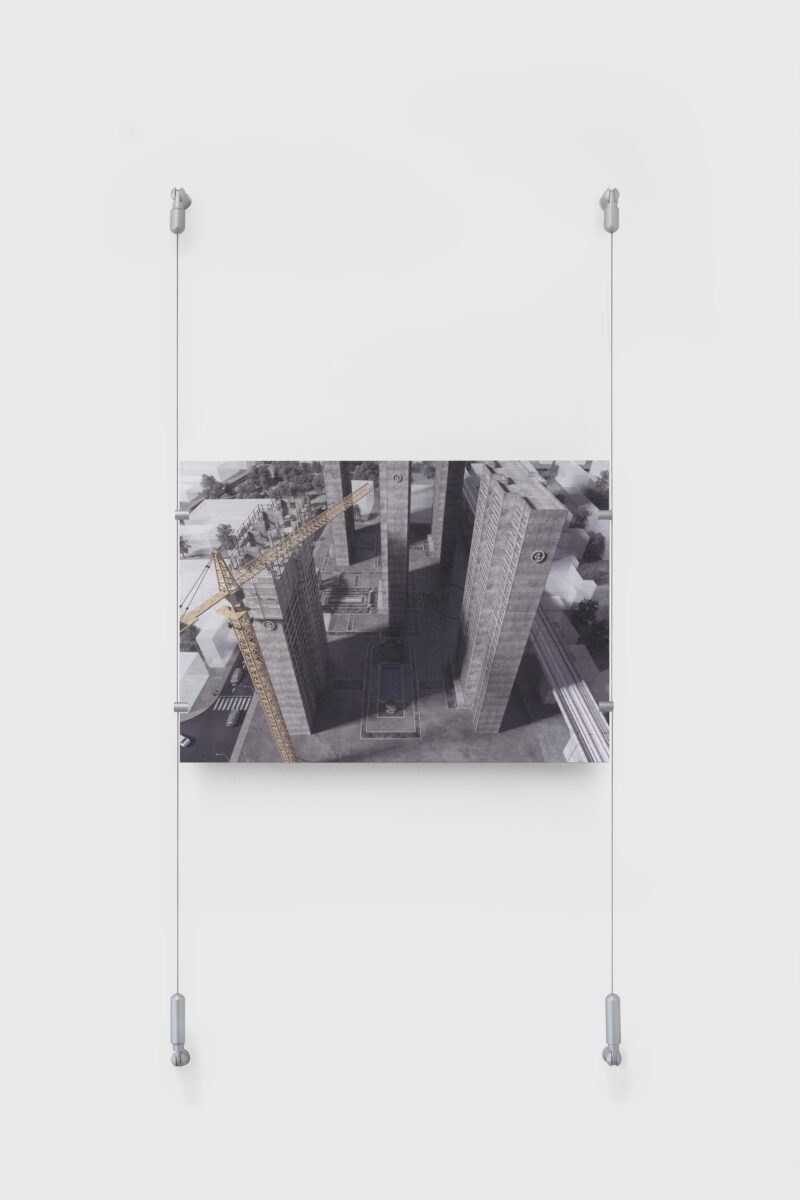
For her show Heaven Green, on display at neven gallery until October 26th, Li imagines the gallery as an off-plan property showroom, combining visual elements from her home town of Xiamen with an architectural language based more on the local area of Bethnal Green, to create her own site called ‘Heaven Green’.
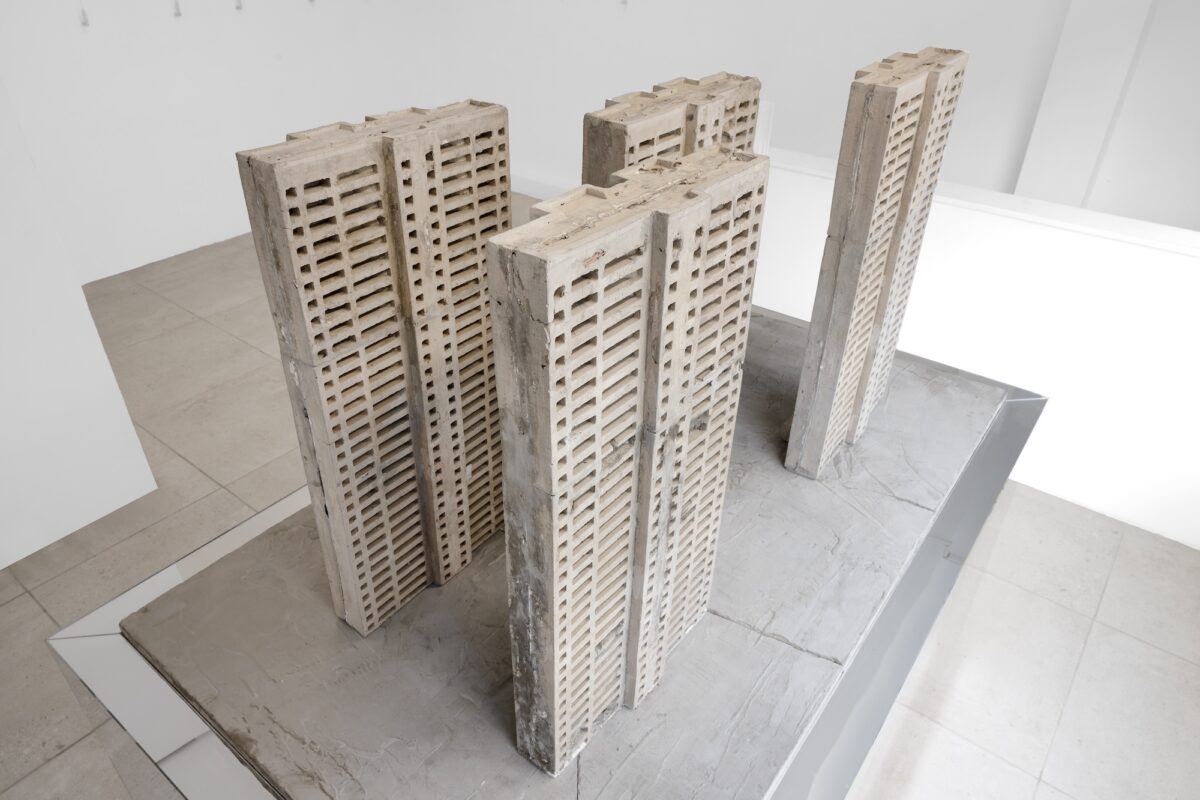
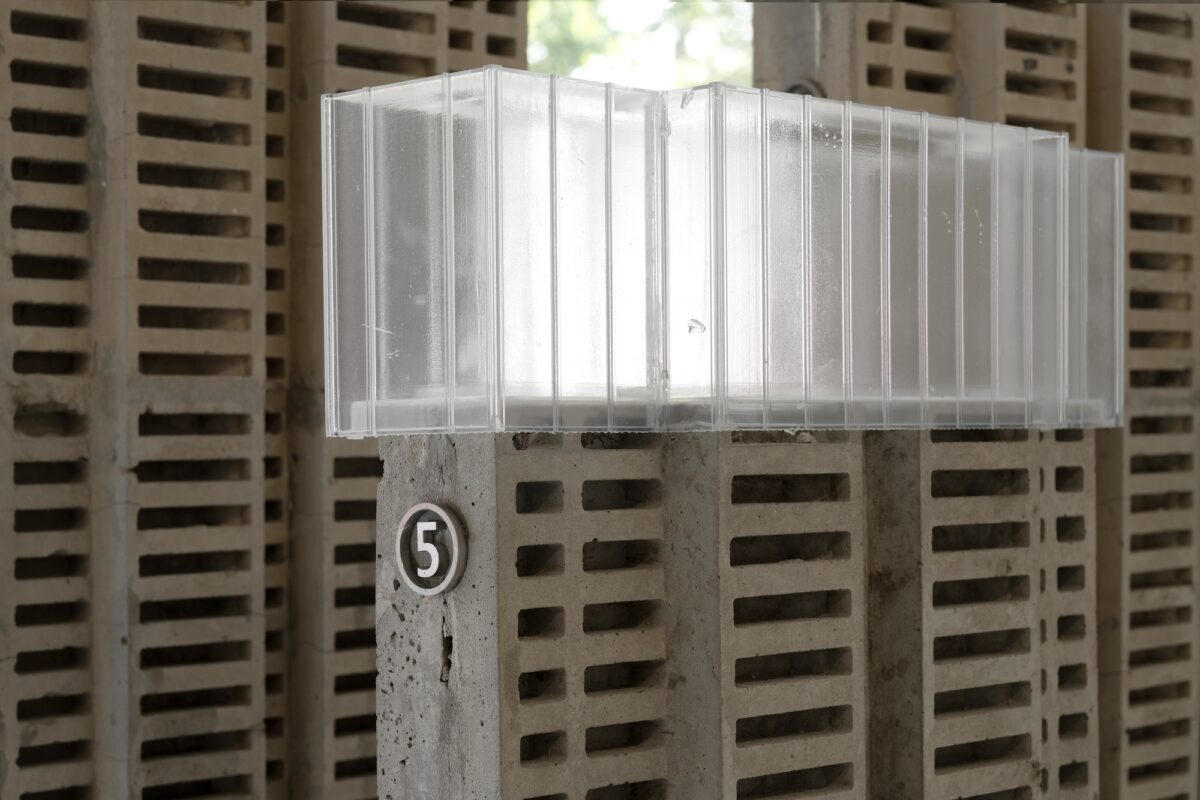
Most notably, in the centre of the space sits a custom-made plinth housing five cast concrete sculptures that mimic the architectural renders shown to prospective buyers. They have a powerful, cinder-block weight to them and work well as a means for turning a building material – usually a constituent part of a wider process – into the whole subject.
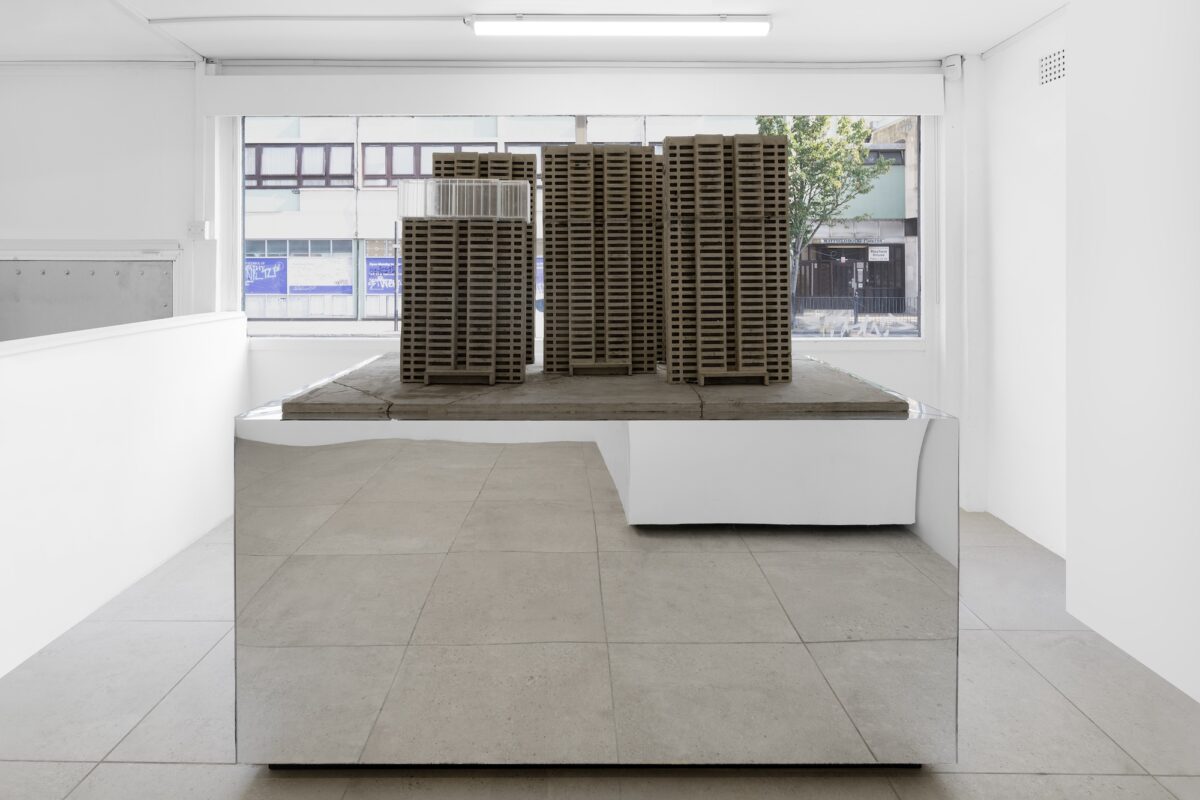
Ilenia
Ilenia is a gallery that was also founded late last year. It sits above ground level in a former-industrial building in Shoreditch, where large cast-iron factory windows are encased in exposed brick walls, and light floods into a white-cube style interior.
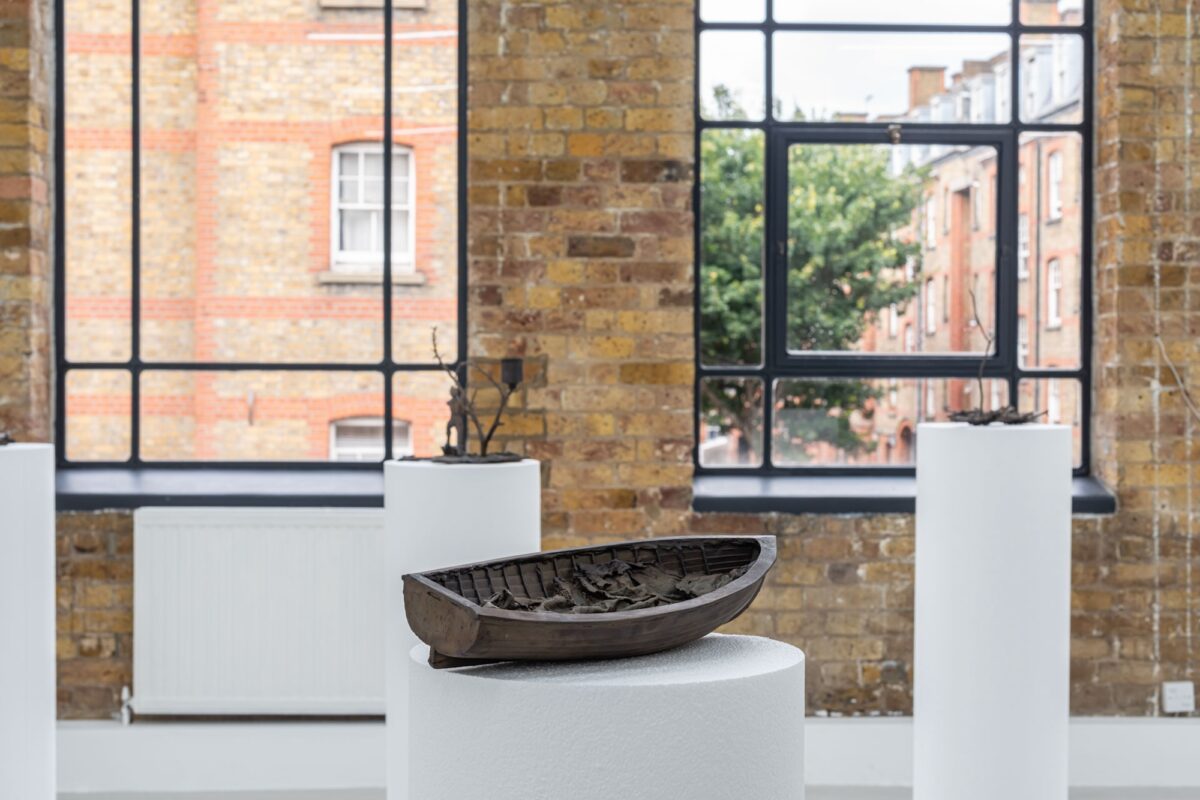
During Frieze week they’ll be showing Daniele Milvio’s first London solo exhibition, which runs until November 9th. Milvio was born in Genoa and studied at Accademia di Belle Arti di Brera in Milan, where he now lives. In Far Cry he presents a series of 15 bronze sculptures, some shipwrecked boats, others look like stark scenes of desert island survival, each on their own styrofoam plinth. The install is smart, isolating each sculpture, casting them adrift, and emphasising a loss of hope and connection.
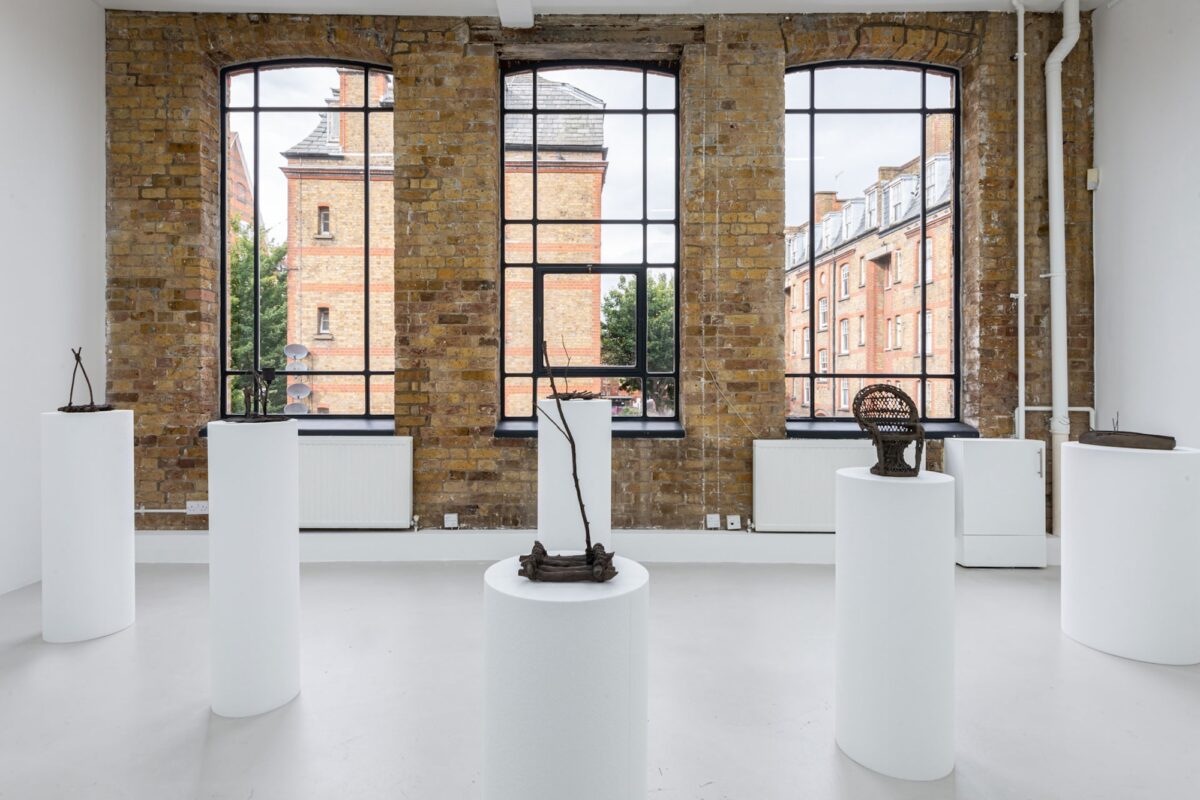
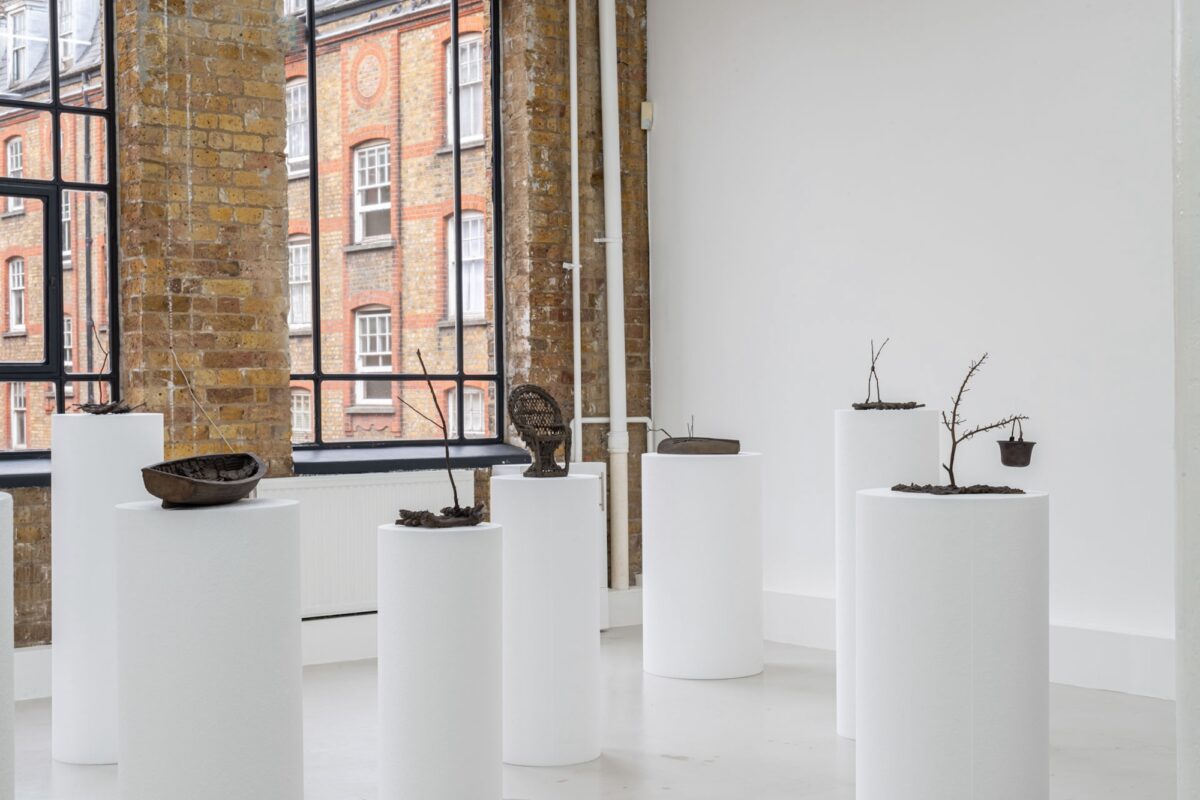
There’s an arid feel to many of the sculptures: empty buckets hang of wiry, dead branches. Walking in between these objects you feel as though you take the place of water, being sluiced and channelled in between each work – but it’s this feeling of scarcity and dryness and isolation that is most affecting.
